Milk bleb
Herzl Family Practice Centre, Goldfarb Breastfeeding Clinic Patient handout
What is a milk bleb?
- It is a whitish spot on the tip of the nipple, usually at the opening of a duct.
- Skin grows over a milk duct opening and milk backs up behind it.
- You may have pinpoint pain at the site of the bleb when baby nurses.
- The bleb has a shiny, smooth surface, and is usually smaller than the head of a pin.
- The cause of blebs are unknown, but they may be associated with blocked ducts and/or nipple trauma.
What to do for a milk bleb:
- If the bleb does NOT hurt, DO NOTHING.
- If the bleb does hurt, it is important to consult a physician or lactation consultant.
- Continue nursing making sure baby is positioned and latched well.
- Wash the nipples once a day with mild soap and water.
- Soak a cotton ball in olive oil, put it on the nipple and wear it in the bra to soften the skin. This may help the bleb open up on its own during the feed.
- When skin is soft, try to peel away any thickened skin.
- Manually express milk from the blocked area so milk is flowing.
- A health professional may be able to pierce the milk bleb with a small sterile needle, so as to clear the blockage. Sometimes, a thick white toothpaste-like material flows out. Do not try piercing your own nipple bleb at home unless specifically instructed to do so by your health professional.
- A health professional may suggest the use of a thin layer of antibiotic ointment to prevent infection after piercing of the bleb.
- Lecithin may be helpful to decrease repetitive milk blebs: 1 tablespoon/day of lecithin or 1 lecithin capsule (1200 mg) 3-4 times per day.
The information contained in this patient handout is a suggestion only, and is not a substitute for consultation with a health professional or lactation specialist. This handout is the property of the author(s) and the Goldfarb Breastfeeding Clinic. No part of this handout can be changed or modified without permission from the author and the Goldfarb Breastfeeding Clinic. This handout may be copied and distributed without further permission on the condition that it is not used in any context in which the International Code for the Marketing of Breastmilk Substitutes is violated. For more information, please contact the Goldfarb Breastfeeding Clinic, Herzl Family Practice Centre, SMBD Jewish General Hospital, Montreal, Quebec, Canada. © 2009
